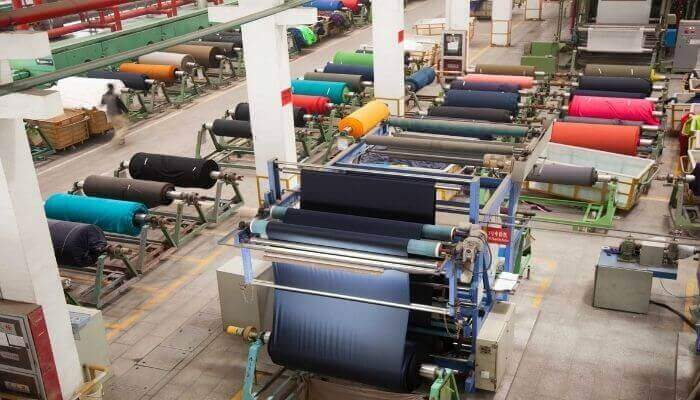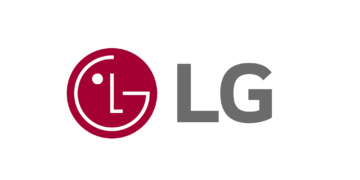Stakeholders have urged the federal government to take proactive steps to address the binding constraints affecting the production of local and textile mill industries, while reiterating the need to improve their competitiveness and enhance their contribution to the gross domestic product (GDP).
Analysts expressed concern that government initiatives aimed at reviving the textile sector through fiscal incentives and monetary interventions had yet to yield significant results.
They equally noted that the federal government’s assurances of a comprehensive resurgence plan for the cotton, textile, and apparel industry, being developed in collaboration with development partners and the private sector, had not yet translated into visible progress.
The minister of State for Industry, Trade and Investment, Senator John Enoh, had recently reiterated the federal government’s commitment to revitalising the textile industry and its value chain, while also pledging more substantial efforts to promote Made-in-Nigeria goods.
Also, sometime last year, the federal government noted that about $3.5 billion in investments were secured to rejuvenate the moribund sector. Yet, the industry remains stagnant.
Industry operators assert that the challenges are multifaceted and call for strong political will, commitments, and sincerity of purpose from the government.
On its part, the Manufacturers Association of Nigeria (MAN) has continued to urge the government to prioritise the protection of local investors and actively take steps to improve the operating environment for manufacturers and other economic operators to thrive.
The director general of MAN, Segun Ajayi-Kadi,r lamented the multifaceted challenges faced by the sector, including high electricity costs, high regulatory compliance costs, lack of access to financing, unfavourable foreign exchange rates, and unfair competition from imported and smuggled products.
He viewed it as imperative for the government to take proactive steps to address these binding constraints to improve the competitiveness of local industries and enhance their contribution to the GDP.
He said: “Importation is presently discouraging local production, putting a strain on foreign reserves, and weakening the economy. Structural constraints should be addressed to reduce the cost of the local output, which remains significantly high. The government could deliberately facilitate backwards integration and ensure a friendlier operating environment to encourage expansion and inflow of fresh investments.
“There is a need to implement the new cluster industrial framework that allows manufacturers to produce efficiently for domestic consumption and export.”
The president of the Garment and Accessories Manufacturers Association of Nigeria, Adenike Ogunhesi, underscored the urgent need for a shift in strategy, placing garment manufacturing at the heart of Nigeria’s industrial revival.
Ogunhesi argued that garments could generate massive employment, foreign exchange, and global recognition for made-in-Nigeria products. She emphasised that despite various interventions over the years, Nigeria’s textile industry remained fragmented and underperforming.
Welcoming the Nigeria First Policy, the Lagos Chamber of Commerce and Industry said it was a timely, strategic response. “The federal government should align the policy with the administration’s food security agenda and encourage sub-national governments to replicate similar policies at their level
“Also, the government must demonstrate leadership by prioritising the procurement of locally made goods, including vehicles and refreshments, across all Ministries, Departments, and Agencies (MDAs),” she noted.
Development expert Dr. Nathan Owhor, said the textile sector had suffered several years of neglect, which had led to the collapse of textile manufacturing in the domestic economy.
“The warehouses and industrial complexes are gone. The manufacturing equipment and machines are no longer what they used to be. The infrastructure in the industrial areas has collapsed. The raw materials ,like cotton and other input materials, will take years to produce.
Questioning the purpose of the $3.5 billion in investments secured to rejuvenate the moribund sector, he asked, “What ills in the sector will the intervention address?”
“It is not enough to seek investable funds in the sector. The sector in 2007 received about N70 billion through the Bank of Industry. The decay in the sector persists. The textile industry is a major employer of labour. The value chain is huge,” he said.
SMEs expert and member of the LCCI, Daniel Dickson-Okezie, lamented that the Nigerian textile industry was not experiencing the desired growth for various reasons like high production costs, smuggling of cheaper foreign textiles, inadequate infrastructure, and the government’s inconsistent policies.
He insisted that conscious effort must be made to curb smuggling and importation of textile products as importation is presently discouraging local production and putting strain on foreign reserves as well as weakening the economy.
Dickson-Okezie said government patronage was a critical success factor for industrial growth and development.
“The current administration must ensure enforcement of Executive Order 003 and the Nigerian First Policy. The government needs to encourage domestic production and industrialisation through its procurement policies. Implementing stricter border controls and enforcing anti-smuggling laws are also critical to protect local industries from unfair competition.
“The Nigeria Customs Service must be on duty to effectively combat smuggling and dumping of sub-standard goods into Nigeria, which has crippled local industries,” he pointed out.





